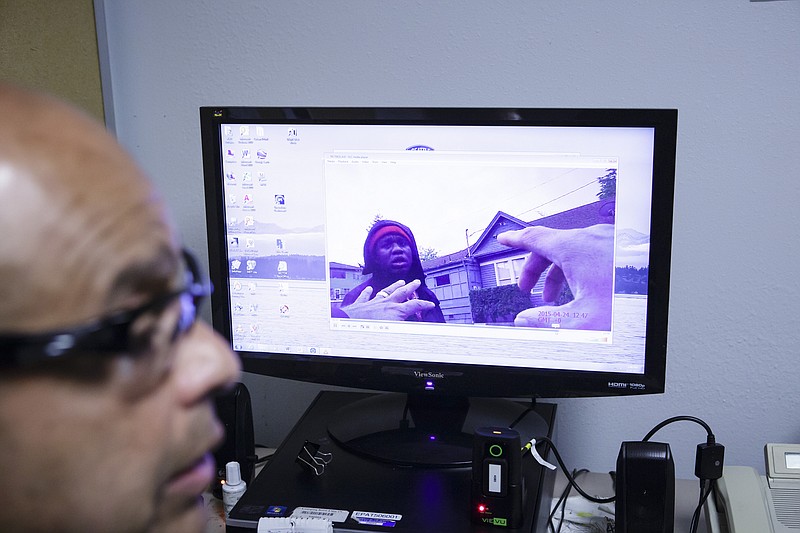Body cameras, dash cams, cellphone video and surveillance footage are changing the way Americans see police.
We've all see it happen, serially, in recent years - and especially this year. We've even seen it in Chattanooga following the brutal beating of a federal offender in Salvation Army halfway house custody. What began as normal interactions between the police and the public suddenly morphed into violent and sometimes fatal encounters. The most recent and notable incidents started with relatively pointless traffic stops in places like Cincinnati; North Charleston, S.C.; and Waller County, Tex.
All were recorded. And now we've all seen them. One expert, Paul Butler, a professor at Georgetown University Law School and a former prosecutor, calls the videoed encounters "the C-Span of the streets," offering "corroboration of what African-Americans have been saying for years."
These videos of police actions with Samuel DuBose, Sandra Bland, Walter Scott, Freddie Gray, and Chattanooga's Adam Tatum, to name a few, may show but a tiny slice of police behavior, but they are changing public perceptions of both police use of force and race relations. As the New York Times notes, "those that show respectful, peaceful interactions do not make the 24-hour cable news."
The sickening Chattanooga video, captured on Salvation Army surveillance cameras, shows two Chattanooga officers slamming down dozens of baton blows on Adam Tatum, who is writhing in a fetal position and begging them to stop hitting him. The baton blows came so regularly Tatum had no time to follow the officer's repeated commands to roll over on his stomach. Later the video shows an officer kicking the then-handcuffed Tatum - now with two broken legs - from a sitting position onto his back.
But an important and favorable aspect of these videos may be that we likely will learn there are fewer rogue officers on our streets than we imagine.
We must not forget that.
